HANOI, Vietnam: Conventional methods for bonding auxiliary buttons in aligner therapy detract from their substantial clinical benefits for elastic traction in cases requiring heavier or more complex forces. Drawbacks include occasional debonding, increased chair time and decreased aligner translucency when resin margins are visible. A recent technical report outlines a novel thermal embedding technique that aims to eliminate these limitations.
The report, by Dr Viet Anh Nguyen, a researcher in the Faculty of Dentistry at Phenikaa University in Hanoi, presents a clinical protocol that employs thermal softening and mechanical engagement to embed auxiliaries directly into aligners rather than the more usual method of attaching buttons to teeth. By conducting heat into the aligner polymer through the stainless steel buttons, localised softening permits the button flange to partially sink into the polymer. The polymer, upon cooling, resolidifies around and mechanically interlocks with the auxiliary, achieving an adhesiveless bond.
Dr Nguyen writes that clinical observations have confirmed mechanical engagement without debonding under standard forces, indicating that the desired bond strength is achieved. The main indications for the technique are cases requiring immediate elastic traction, including treatment of Class III malocclusion and exposure of impacted canines, as well as a backup for situations where precision cuts are unavailable. It is not recommended for use with materials with low thermal resistance.
The report concludes that, although further studies are needed to validate the technique, its mechanical efficacy has been demonstrated. Dr Nguyen explained to Dental Tribune International: “In day-to-day orthodontics, retention has been reliable over the typical aligner wear interval. Because most trays are changed every one to two weeks, the attachment only needs to last a short period. Even in cases where a single button must remain on the same tray for many weeks, such as on retainers, we have found the method to perform well.”
He further explained the technique’s benefits for clinical efficiency and the aesthetic advantages to aligner therapy. “Clinically, adhesiveless bonding streamlines the visit: there is no primer or polymerisation, so the set-up is faster. It also reduces costs because clinicians do not need to stock bonding primers and adhesives. After straightforward training, a trained dental assistant can perform the procedure under appropriate supervision—subject to local regulations—which helps standardise the workflow and free up dentist time.”
The report, titled, “Adhesiveless bonding of metal buttons to clear aligners: A technical report”, was published online on 28 July 2025 in the Cureus Journal of Medical Science.
Topics:
Tags:
Ectopic canines are a complex condition to treat with aligners only, since it is not easy to create a reliable and stable anchorage unit for forced ...
The distalisation of the maxillary posterior teeth is limited to approximately 2 mm when treated solely with aligners.1–3 This often results in dental ...
BURNABY, British Columbia, Canada: Aligners have become a popular treatment modality for malocclusion in adults, owing to their convenience and aesthetic ...
Soon after the mass adoption of clear aligners, it became apparent that a plastic shell did not provide sufficient purchase on the teeth for all movements. ...
BOSTON, US: VideaHealth, a provider of artificial intelligence (AI)-powered dental technology, has introduced OrthoAI and ImplantAI—new features within ...
BURNABY, British Columbia, Canada: Dental imaging has become a cornerstone of modern dentistry, enabling greater precision in diagnostics and treatment ...
Live webinar
Mon. 12 January 2026
9:00 am EST (New York)
Prof. Judith Jones D.D.S; M.P.H., Prof. Kakuhiro Fukai D.D.S., Ph.D, Dr. Bathsheba (Bethy) Turton
Live webinar
Wed. 14 January 2026
12:00 pm EST (New York)
Dr. Théo Laplane, Dr. Robert Gottlander DDS
Live webinar
Fri. 16 January 2026
12:00 pm EST (New York)
Live webinar
Mon. 19 January 2026
1:00 pm EST (New York)
Philipp Kopp, Michael Seeber
Live webinar
Thu. 22 January 2026
2:00 pm EST (New York)
Dr. Nicola M. Grande DDS, PhD
Live webinar
Wed. 28 January 2026
8:00 am EST (New York)
Live webinar
Wed. 28 January 2026
11:00 am EST (New York)
Prof. Dr. Jan-Frederik Güth



 Austria / Österreich
Austria / Österreich
 Bosnia and Herzegovina / Босна и Херцеговина
Bosnia and Herzegovina / Босна и Херцеговина
 Bulgaria / България
Bulgaria / България
 Croatia / Hrvatska
Croatia / Hrvatska
 Czech Republic & Slovakia / Česká republika & Slovensko
Czech Republic & Slovakia / Česká republika & Slovensko
 France / France
France / France
 Germany / Deutschland
Germany / Deutschland
 Greece / ΕΛΛΑΔΑ
Greece / ΕΛΛΑΔΑ
 Hungary / Hungary
Hungary / Hungary
 Italy / Italia
Italy / Italia
 Netherlands / Nederland
Netherlands / Nederland
 Nordic / Nordic
Nordic / Nordic
 Poland / Polska
Poland / Polska
 Portugal / Portugal
Portugal / Portugal
 Romania & Moldova / România & Moldova
Romania & Moldova / România & Moldova
 Slovenia / Slovenija
Slovenia / Slovenija
 Serbia & Montenegro / Србија и Црна Гора
Serbia & Montenegro / Србија и Црна Гора
 Spain / España
Spain / España
 Switzerland / Schweiz
Switzerland / Schweiz
 Turkey / Türkiye
Turkey / Türkiye
 UK & Ireland / UK & Ireland
UK & Ireland / UK & Ireland
 Brazil / Brasil
Brazil / Brasil
 Canada / Canada
Canada / Canada
 Latin America / Latinoamérica
Latin America / Latinoamérica
 USA / USA
USA / USA
 China / 中国
China / 中国
 India / भारत गणराज्य
India / भारत गणराज्य
 Pakistan / Pākistān
Pakistan / Pākistān
 Vietnam / Việt Nam
Vietnam / Việt Nam
 ASEAN / ASEAN
ASEAN / ASEAN
 Israel / מְדִינַת יִשְׂרָאֵל
Israel / מְדִינַת יִשְׂרָאֵל
 Algeria, Morocco & Tunisia / الجزائر والمغرب وتونس
Algeria, Morocco & Tunisia / الجزائر والمغرب وتونس
 Middle East / Middle East
Middle East / Middle East
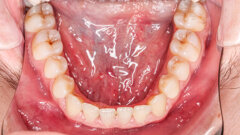























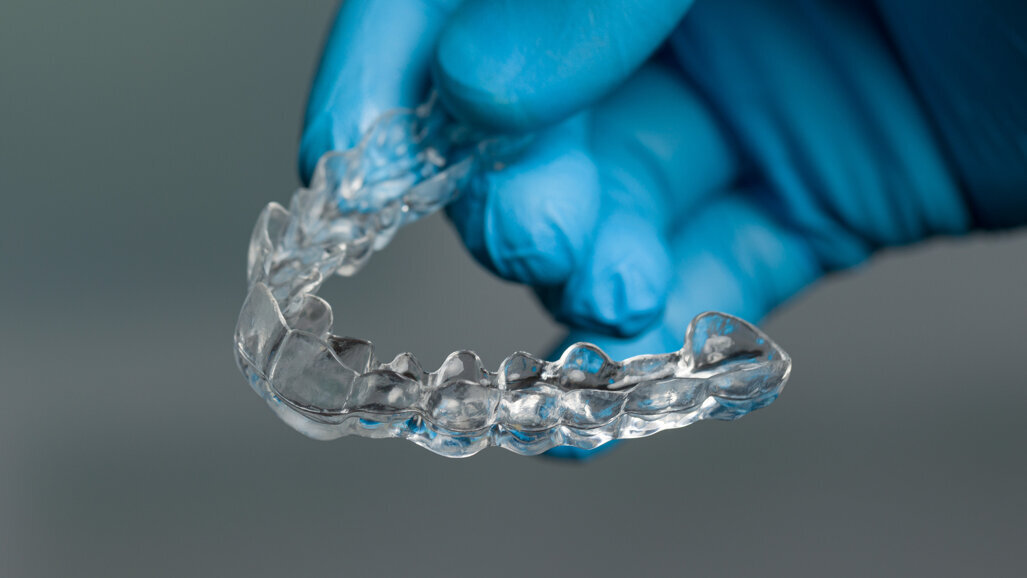



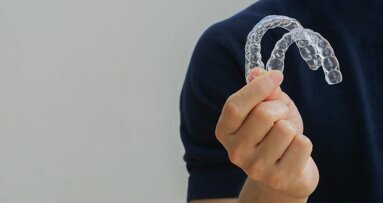
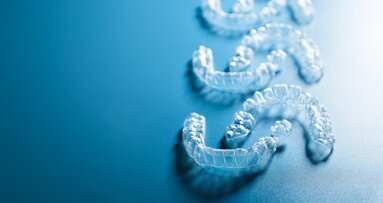

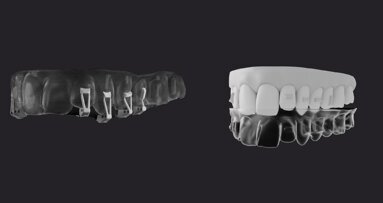
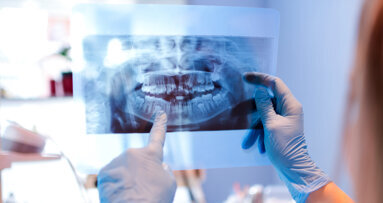
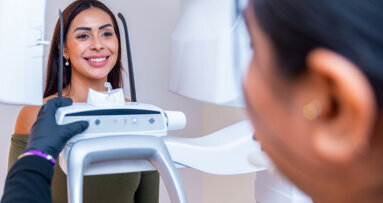










To post a reply please login or register